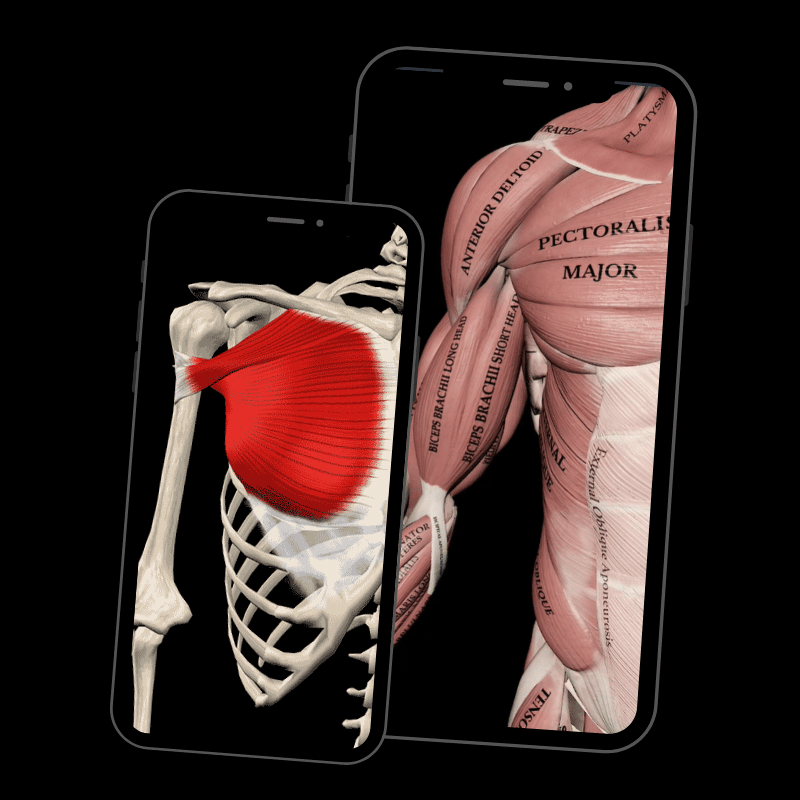The education landscape is rapidly evolving in the digital age, and the way we study human anatomy is no exception. Traditional methods of learning anatomy, which heavily rely on textbooks, static images, and cadaver dissections, are being complemented and, in some cases, replaced by innovative 3D anatomy apps.
These apps revolutionize how students understand and engage with human anatomy, providing dynamic, interactive, and immersive learning experiences.
Among these, the Muscle and Motion Anatomy app is a powerful tool transforming how fitness trainers understand and teach human anatomy. Here’s how this app is making a significant impact.
Visualize anatomy like never before
One of the most significant advantages of 3D anatomy apps is the ability to visualize complex anatomical structures in three dimensions. Unlike traditional methods of learning anatomy, which involve textbooks and 2D images that require significant effort to imagine the structures in space and time, 3D apps offer a more advanced visual experience.
The Muscle and Motion Anatomy app allows students and trainers to rotate, zoom in, and explore the human body from various angles. Additionally, it enables users to isolate individual muscles, observe their unique movements, and understand how muscles work together synergistically to create motion in a wide range of exercises.
This provides a more comprehensive understanding of anatomy and muscle systems. The app simplifies the grasp of spatial relationships between different body parts, leading to a deeper familiarity with body structure and muscle function during movement.
Interactive learning experience
Anyone who has studied anatomy knows how challenging it is to memorize all the muscle names and their anatomy. In the past, we had to cover parts of the textbook to challenge ourselves or use flashcards to test our memory. Today, the learning experience is completely different.
The Muscle and Motion 3D anatomy app offers an interactive learning experience that actively engages students and trainers. Users can test their knowledge in real time, receive instant feedback, and reinforce their understanding through repeated practice.
Learn anytime, anywhere
Forget carrying heavy textbooks everywhere. ‘Muscle and Motion’ offers a much more convenient solution. Access anatomical models anytime, anywhere, using your smartphone, tablet, or computer. This level of accessibility allows you to study at your own pace and on your schedule. Whether in the classroom, at home, or on the go, Muscle and Motion provides a convenient way to review and study anatomical concepts.
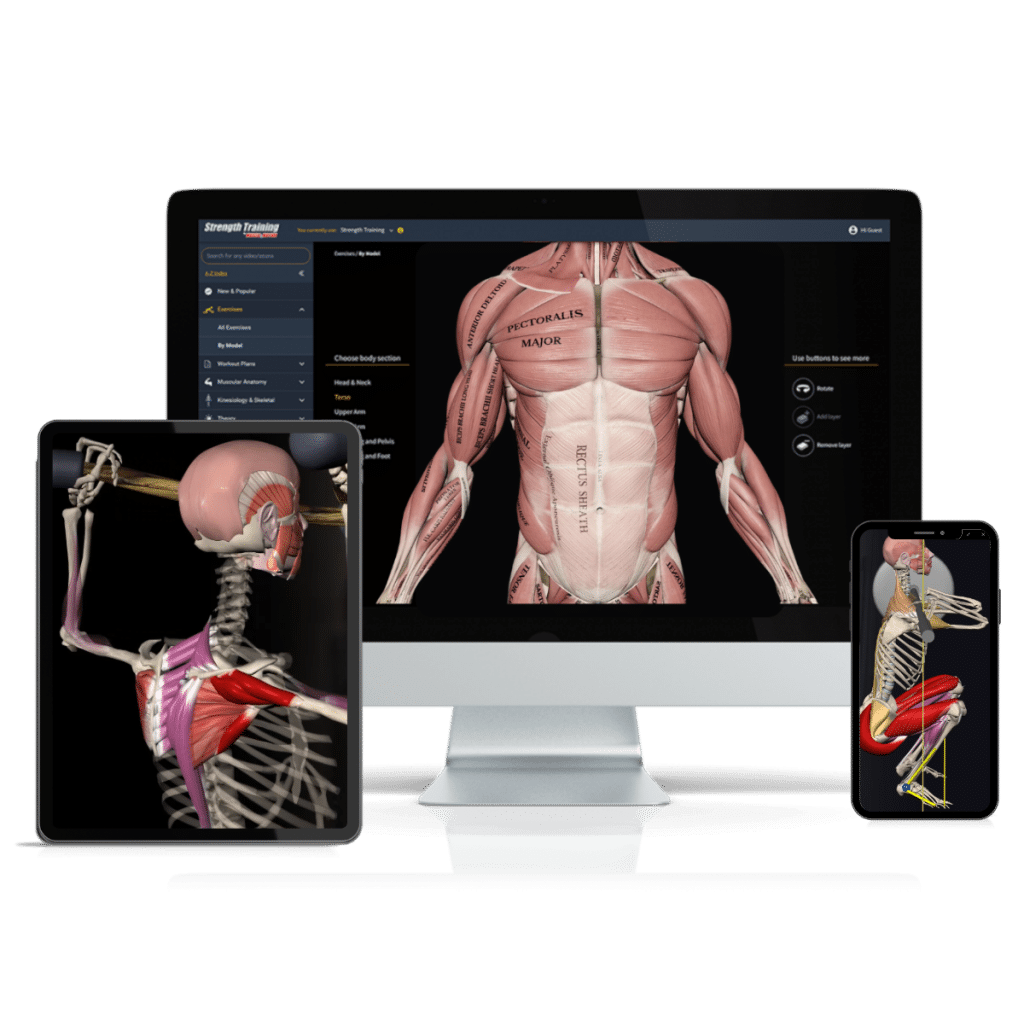
Proven effectiveness of 3D learning
Research shows that 3D anatomy apps significantly enhance the understanding and retention of anatomical structures compared to traditional methods. A 2020 systematic review by Triepels and colleagues found that 3D visualizations significantly boost medical students’ comprehension of anatomy. Most students preferred using 3D tools and showed higher motivation and interest in learning through these technologies. The ability to view and rotate structures from all angles facilitates a better understanding of the complex spatial arrangement of the human body. While traditional approaches like cadaver dissections remain beneficial, 3D applications are crucial and cost-effective tools for learning anatomy.
What’s in the app?
The Muscle and Motion app is designed for effective learning and is created by experienced anatomy teachers who understand students’ challenges.
Our app is a pioneering leader in the industry, offering an extensive range of animations demonstrating every movement in the human body and all the muscles involved. These animations simplify complex information, making it easy to understand and retain. Our teachers have crafted clear, concise, and highly educational animations by focusing on common areas of confusion.
3D Anatomy of the Muscular System
Watch over 2,000 unique videos of all muscles in the human muscular system in 3D.
This section demonstrates every muscle’s connection points and movements in fascinating animations.
In addition to viewing each muscle separately, you can see the entire model while removing or returning layers.
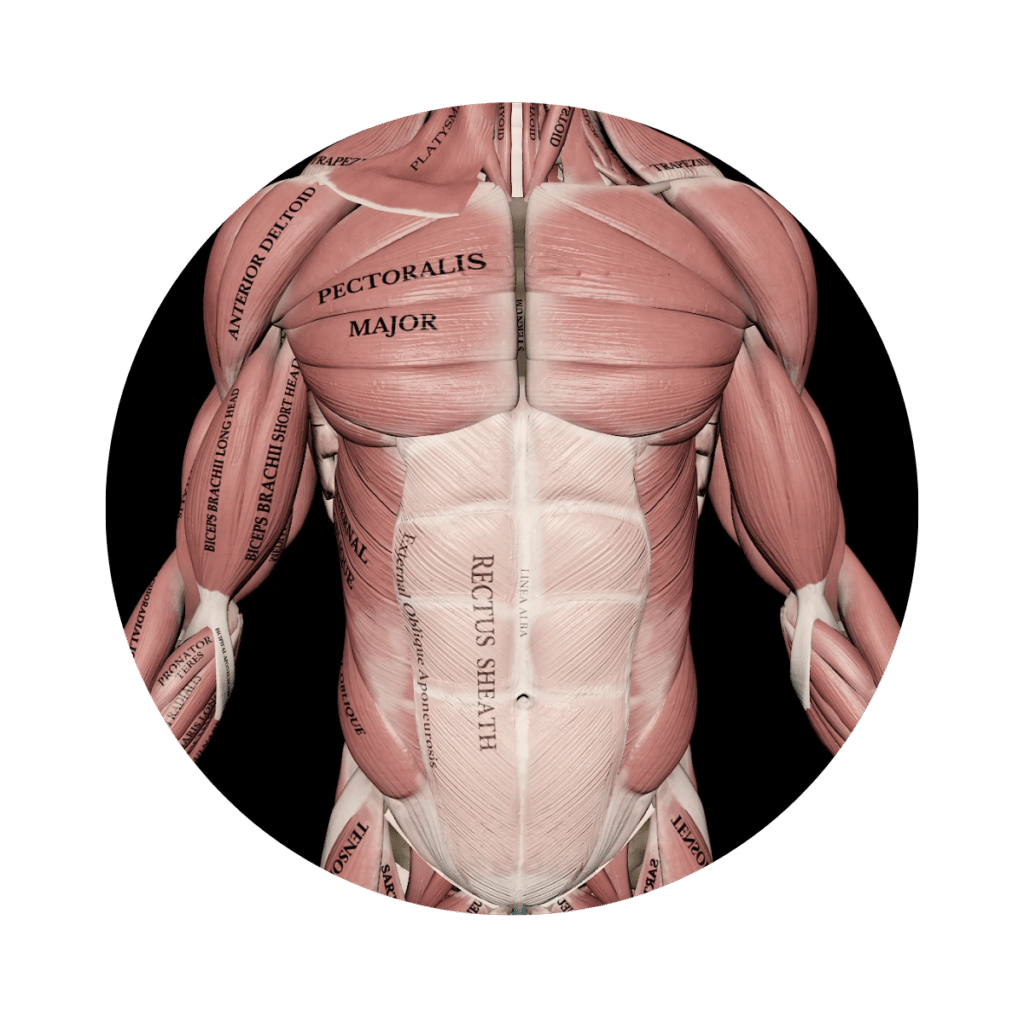
3D Anatomy of the Skeletal System
View the skeletal system in 3D, rotate each bone up to 360 degrees, and learn all the areas on each bone, including the connection points to different muscles. Access each muscle easily with a simple click on the connection points.
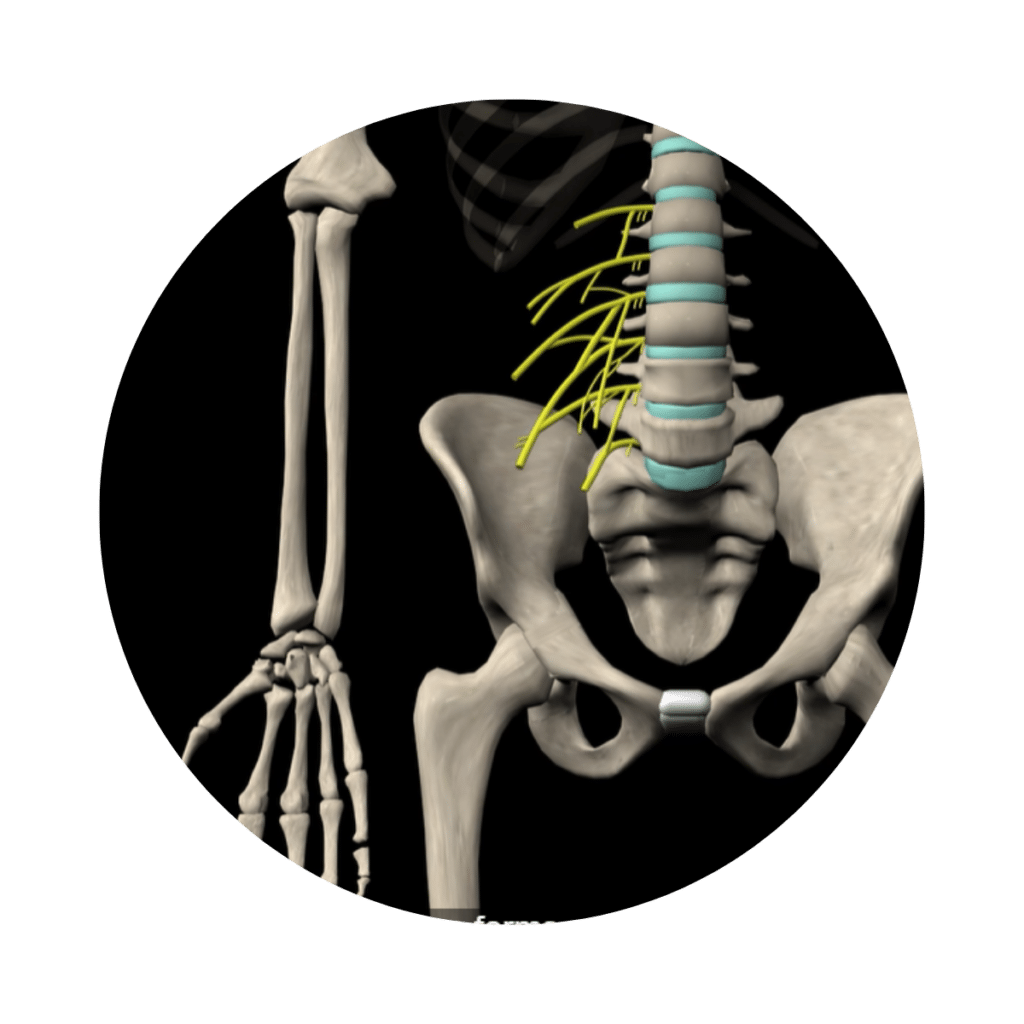
3D Kinesiology
Watch a comprehensive chapter on every joint’s movements, including all the muscles involved in each movement. Each movement includes several video segments displaying all the muscles from different angles, helping you understand how each joint works.
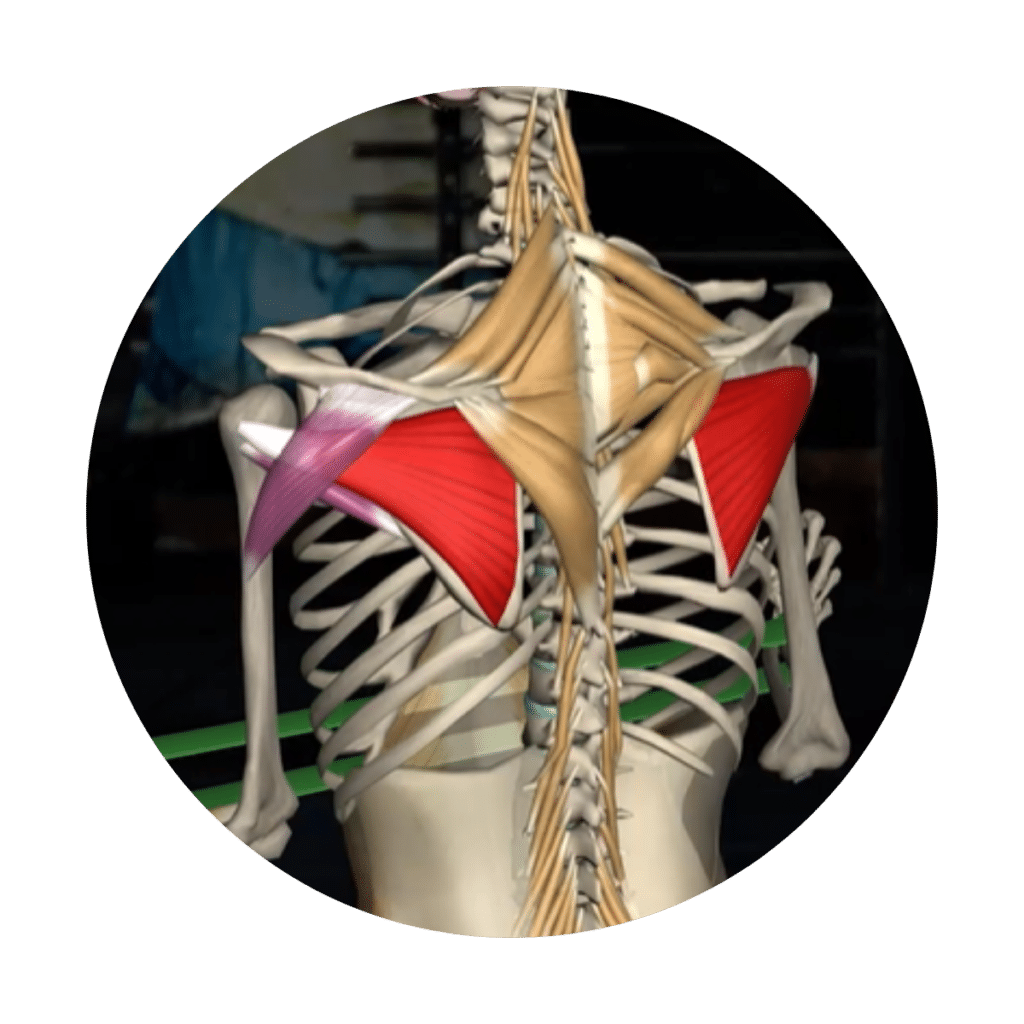
In summary, Muscle and Motion revolutionizes anatomy education for students. Experience enhanced visualization, interactive learning, and unparalleled convenience with this learning resource. Embrace the future of anatomy learning and transform your understanding of the human body with Muscle and Motion.
The comprehensive 3D anatomy feature is available in all our apps. Whether you’re focusing on strength, flexibility, posture, or general fitness, you’ll have access to detailed anatomical models, interactive tools, and a vast library of videos. Enhance your knowledge and training techniques with 3D anatomy anytime, anywhere.
Dive deeper into our content – Download our Strength Training App Today.
*The Strength Training App includes all Anatomy app content:) Enjoy
